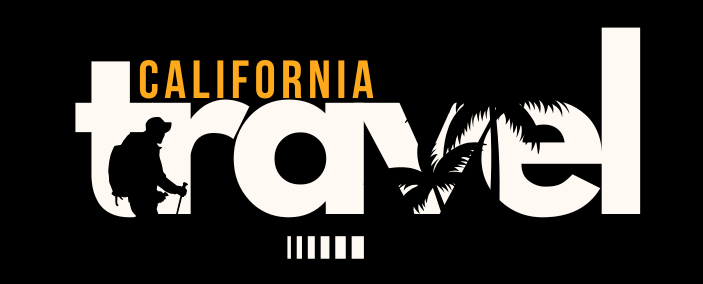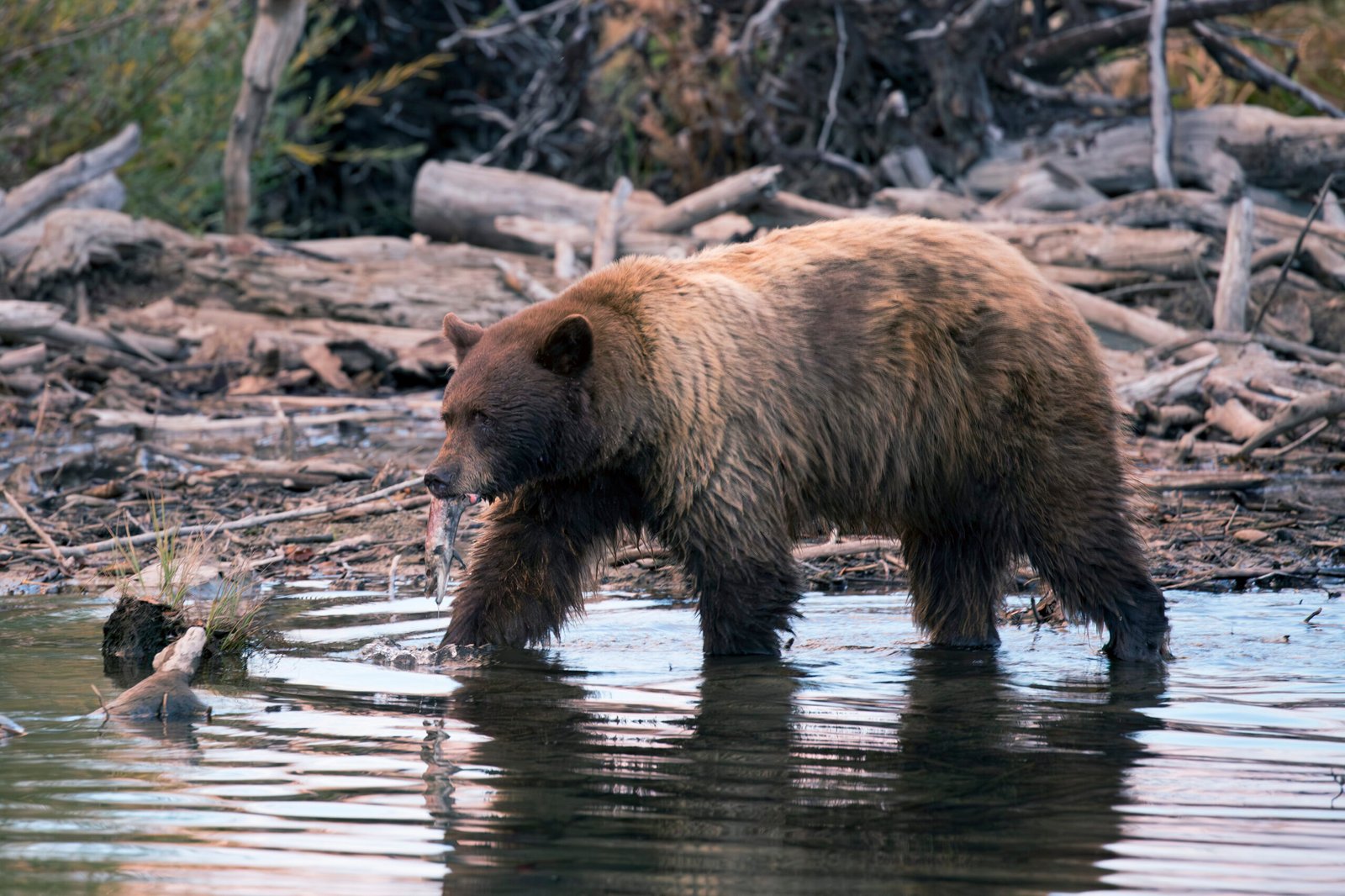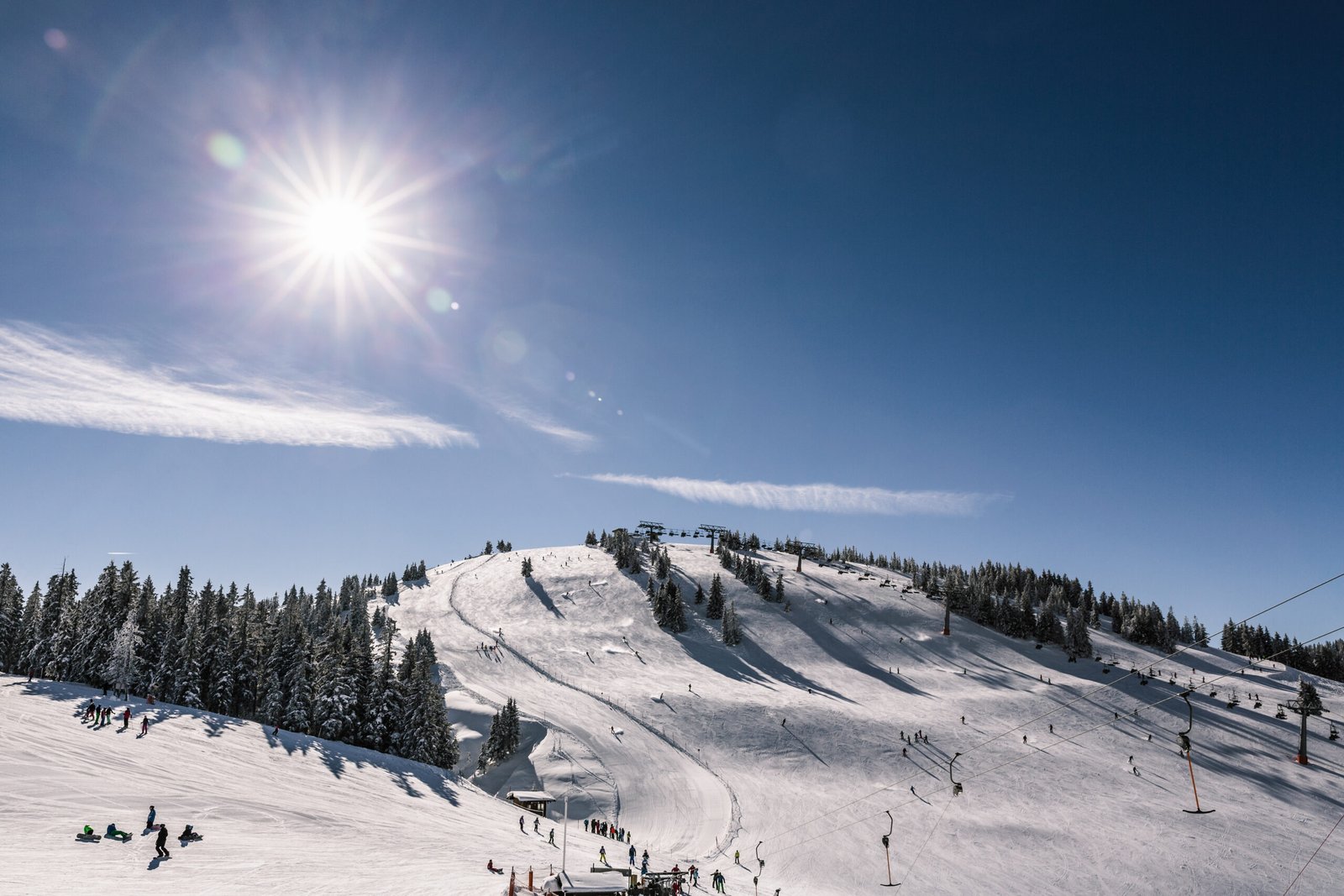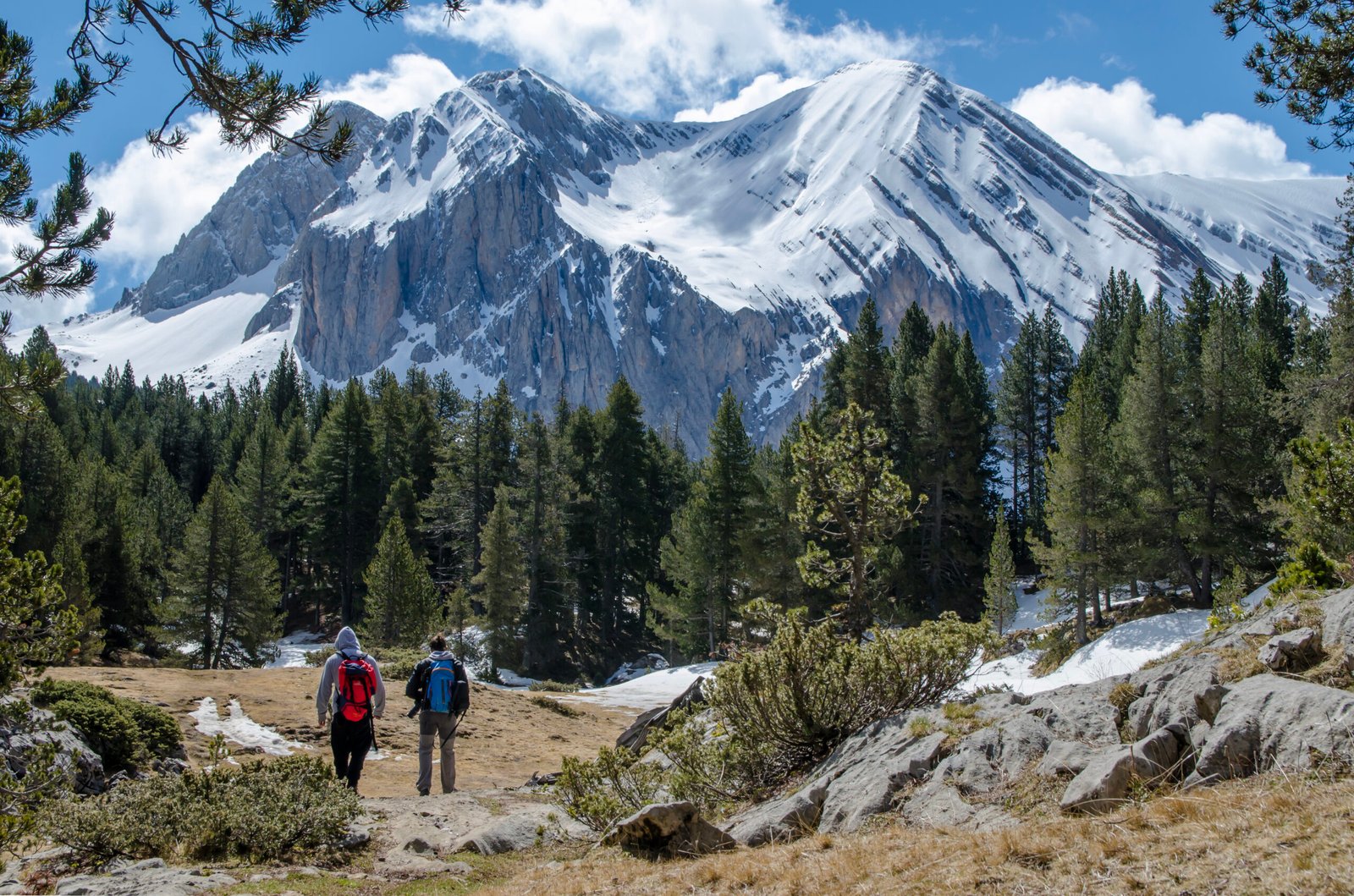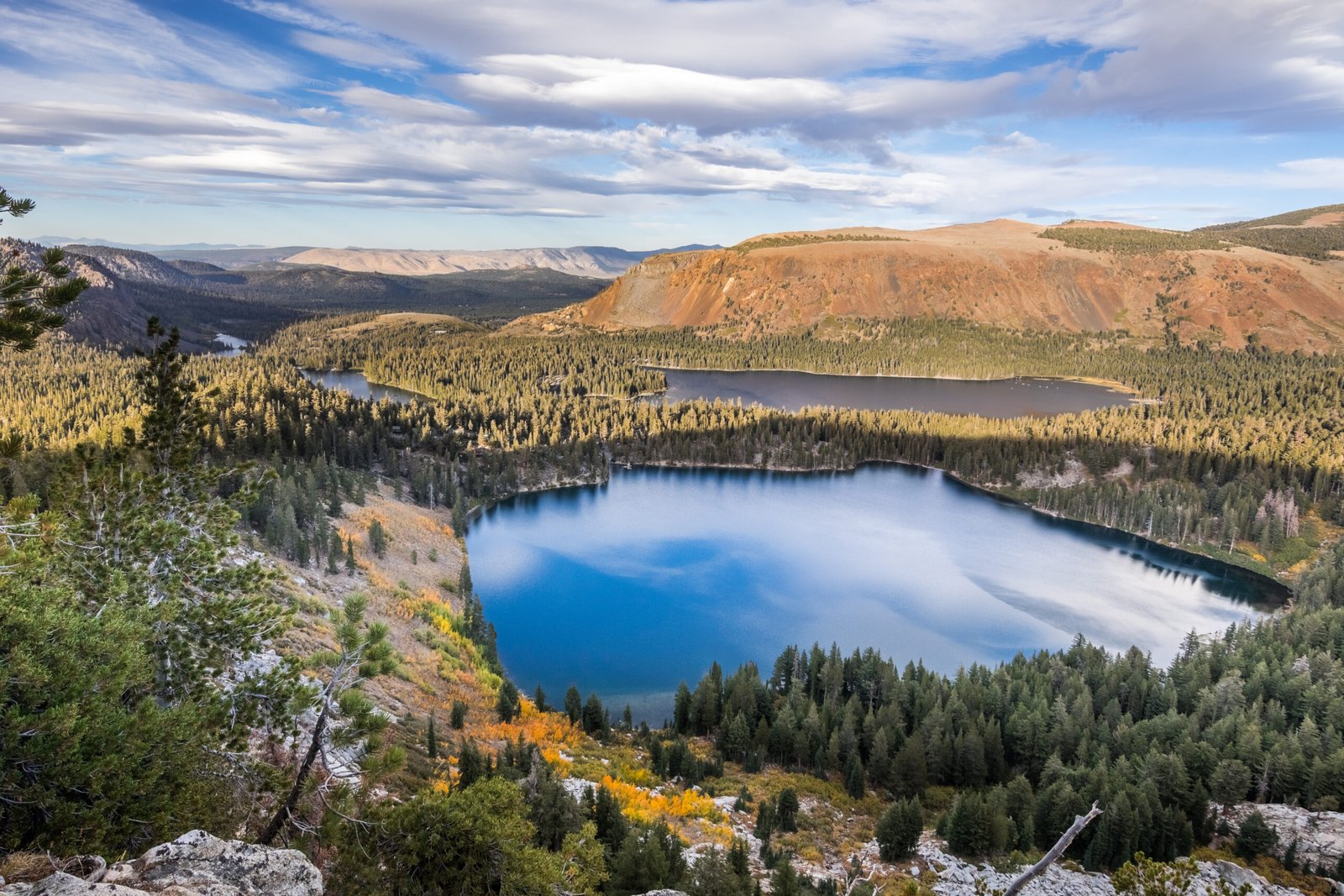Standing at 11,053 feet above sea level, Mammoth Mountain beckoned to me like a siren call…
Mammoth Mountain Backcountry Exploration: Wilderness Adventures Beyond the Resort
The first light of dawn paints the Eastern Sierra peaks in shades of rose gold, and you’re standing at the edge of untouched wilderness. This is Mammoth Mountain’s backcountry – where adventure seekers trade groomed runs for pristine powder, marked trails for unmarked territory, and resort amenities for raw mountain experiences.
SAFETY FIRST: Your Backcountry Foundation
With 20 years of guiding experience in the Sierra Nevada, we’ve learned that preparation saves lives. The backcountry demands respect, knowledge, and the right equipment.
Essential Safety Gear Checklist
AVALANCHE SAFETY EQUIPMENT:
- Avalanche transceiver (digital, three-antenna minimum)
- Probe (minimum 240cm)
- Shovel (metal blade essential)
- Avalanche airbag pack (recommended for advanced terrain)
NAVIGATION & COMMUNICATION:
- GPS device with downloaded topographic maps
- Compass and paper backup maps
- Satellite communicator or PLB
- Weather radio
SURVIVAL ESSENTIALS:
- First aid kit with wilderness-specific supplies
- Emergency shelter and bivy
- Headlamp with extra batteries
- Fire-starting materials
→ Download Our Complete Backcountry Safety Checklist
Avalanche Awareness: Know Before You Go
The Eastern Sierra experiences significant avalanche activity from December through May. Avalanche safety rules are non-negotiable:
- Check the Eastern Sierra Avalanche Center forecast daily
- Travel with partners trained in avalanche rescue
- Carry and know how to use your safety equipment
- Turn back when conditions deteriorate
Personal story: Last March, our group encountered wind-loaded slopes above Duck Lake. The avalanche forecast showed considerable danger, so we adjusted our route to safer terrain. That afternoon, we watched a natural avalanche release exactly where we’d planned to ski.
YEAR-ROUND WILDERNESS ADVENTURES
Winter Backcountry Skiing & Snowboarding
December through April transforms Mammoth’s backcountry into a winter wonderland. Popular winter destinations include:
BEGINNER-FRIENDLY ROUTES:
- Sherwin Lakes Basin – Gentle terrain, stunning lake views
- Valentine Lake – Short approach, protected from wind
- Convict Lake Loop – Scenic touring with minimal avalanche exposure
INTERMEDIATE CHALLENGES:
- Duck Pass – Classic Sierra tour with varied terrain
- Mammoth Pass – Panoramic views, moderate technical demands
- McGee Creek Canyon – Hidden gem with reliable snow
ADVANCED TERRAIN:
- Crystal Crag Couloirs – Steep, technical descents
- Bloody Couloir – Expert-only, extreme skiing
- Mount Morrison – High-altitude mountaineering ski tour
Spring Ski Touring
April through June offers corn snow perfection. Spring touring provides:
- Stable snow conditions with reduced avalanche risk
- Extended daylight for longer adventures
- Spectacular wildflower displays at lower elevations
Summer & Fall Hiking
July through October opens hiking opportunities to pristine alpine lakes, granite peaks, and meadow systems.
MUST-VISIT SUMMER DESTINATIONS:
- Emerald Lake – Turquoise waters beneath jagged peaks
- Sky Meadows – Wildflower carpets and panoramic vistas
- Crystal Lake – Hidden cirque lake with granite amphitheater
- Duck Lake – Classic Sierra granite and alpine scenery
ROUTE RECOMMENDATIONS BY EXPERIENCE LEVEL
For Beginners: Building Confidence
Start with these forgiving routes that offer wilderness experience without extreme exposure:
Sherwin Lakes (Winter/Summer):
- Distance: 4 miles roundtrip
- Elevation Gain: 800 feet
- Highlights: Chain of alpine lakes, gentle terrain
- Best Season: December-April (skiing), July-October (hiking)
For Intermediate Adventurers: Expanding Horizons
Duck Pass represents the perfect intermediate challenge:
- Distance: 6 miles roundtrip
- Elevation Gain: 1,400 feet
- Technical Requirements: Basic route-finding skills
- Seasonal Variations: Winter touring, spring skiing, summer hiking
For Advanced Enthusiasts: Ultimate Challenges
Crystal Crag and Mount Morrison demand expert-level skills:
- Technical climbing and advanced ski mountaineering
- Avalanche assessment and risk management
- Multi-day expedition planning capabilities
→ Find Your Perfect Route Match
PERMITS & WILDERNESS REGULATIONS
Required Permits
WILDERNESS PERMITS:
- Day use: Self-issue permits at trailheads
- Overnight camping: Advanced reservations required (Recreation.gov)
- Group size limits: Maximum 15 people per group
SPECIAL REGULATIONS:
- No camping within 100 feet of water sources
- Pack out all waste – Leave No Trace principles
- Campfire restrictions vary by season and location
- Dog regulations apply in wilderness areas
Guide Requirements
Professional guiding services must maintain:
- Commercial use permits from the Forest Service
- Certified guide credentials (AMGA, AIARE)
- Liability insurance and safety protocols
We maintain all required permits and certifications, ensuring your adventure meets the highest safety and legal standards.
ENVIRONMENTAL CONSERVATION: Protecting Our Playground
Leave No Trace Principles
Plan Ahead and Prepare:
- Research regulations and seasonal closures
- Travel in small groups during peak seasons
- Repackage food to minimize waste
Travel and Camp on Durable Surfaces:
- Stick to established trails when possible
- Camp in designated areas or on rock/snow
- Avoid fragile alpine vegetation
Dispose of Waste Properly:
- Pack out all trash, including organic waste
- Use established restrooms when available
- Bury human waste 6-8 inches deep, 200 feet from water
Leave What You Find:
- Preserve historical and natural artifacts
- Examine but don’t disturb wildlife
- Minimize campfire impacts
Wildlife Protection
The Sierra Nevada ecosystem supports diverse wildlife:
- Black bears require proper food storage
- Mountain lions inhabit the backcountry
- Mule deer migrate through these corridors
- Pika and marmots are climate change indicators
Protect wildlife by:
- Storing food in bear canisters
- Maintaining safe distances from all animals
- Avoiding nesting areas during breeding seasons
SCENIC HIGHLIGHTS: Nature’s Masterpieces
Photographic Opportunities
Golden Hour Magic: The Eastern Sierra’s dramatic relief creates spectacular sunrise and sunset lighting. Prime photography locations include:
- Convict Lake reflections at dawn
- Crystal Crag silhouettes against alpenglow
- Mammoth Lakes Basin panoramas
- Mount Morrison’s north face in morning light
Seasonal Spectacles
Winter: Fresh snow transforms granite peaks into monochromatic masterpieces Spring: Waterfalls cascade from snowmelt, creating temporary spectacles Summer: Wildflower meadows explode in color beneath azure skies Fall: Aspen groves paint golden corridors through evergreen forests
→ Join Our Photography Workshop
PLANNING YOUR ADVENTURE
Getting Started
For first-time backcountry explorers:
- Take an avalanche safety course (AIARE Level 1 minimum)
- Practice with your safety gear in controlled environments
- Start with guided trips to learn route-finding and risk assessment
- Build fitness gradually with shorter adventures
Advanced Planning
Experienced adventurers should:
- Monitor weather patterns and seasonal conditions
- File trip plans with reliable contacts
- Carry emergency communication devices
- Maintain current first aid certification
CONNECT WITH THE WILDERNESS
Mammoth Mountain’s backcountry offers transformative experiences for adventurers of every skill level. Whether you’re seeking your first taste of wilderness skiing or planning an advanced mountaineering expedition, the Sierra Nevada provides the perfect backdrop for unforgettable adventures.
Remember: The mountains will always be there tomorrow. Make conservative decisions, respect the wilderness, and ensure you return safely to share your stories.
Ready to explore beyond the resort boundaries? The wilderness is calling, and we’re here to help you answer safely and responsibly.
→ Plan Your Backcountry Adventure Today
Mammoth Mountain Backcountry Exploration operates under Forest Service permits and maintains the highest safety standards. All guides are certified in wilderness first aid and avalanche safety. Contact us for personalized trip planning and professional guiding services.
